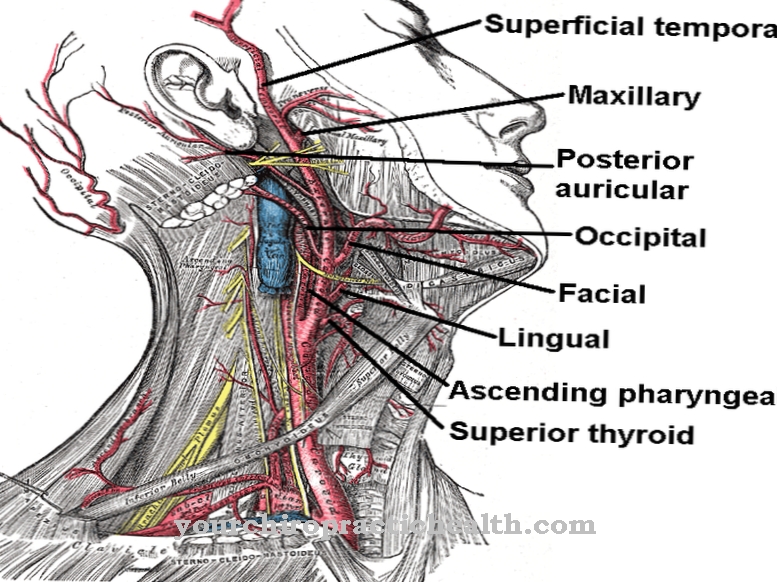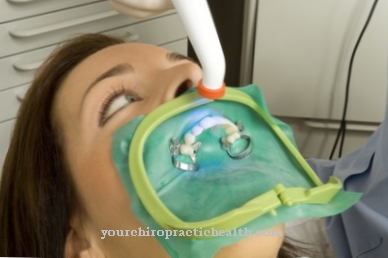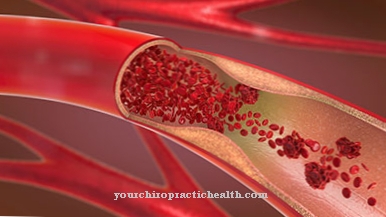Of the Epithalamus is part of the diencephalon and lies between the thalamus and the wall of the third ventricle. The epiphysis or pineal gland as well as the two "reins" and some connecting cords are assigned to the epithalamus.
What is certain is that the pineal gland takes on important tasks for controlling the circadian rhythm, the day-night rhythm. The epithalamus is connected to the olfactory centers and the visual pathway via certain structures. Certain reflexes such as the pupillary reflex, salivary reflex and others are very likely controlled by the epithalamus.
What is the epithalamus?
The epithalamus is part of the diencephalon and is located between the thalamus and the third cerebral ventricle. It is a small structure that contains the epiphysis (pineal gland), several connecting tracts (commissures), the reins (habenulae) and the pretectum (area pretectalis), which receives information from the retina via nerve fibers and controls the pupillary reflex.
The reins establish the connection to the olfactory brain and the brain stem and receive information from there to control the saliva reflex. The smell of good-smelling food stimulates the flow of saliva and other physiological preparations of the digestive tract for food intake take place. The epiphysis, which can also be counted among the endocrine glands, is the part of the epithalamus that controls the circadian rhythm, the day-night rhythm, through the synthesis of the control hormone melatonin.
Via a very complex system of signal transmission and signal processing, the epiphysis receives light stimuli and other information from the retina of the eyes, which flow into the control of the circadian rhythm.
Anatomy & structure
The following structures are assigned to the epithalamus as part of the diencephalon: the epiphysis, also called the pineal gland, the habenulae (reins), the subcommissural organ, the posterior commissura and the neuronal core areas of the habenulae and the area pretectalis. The habenulae do not consist of strands of nerve fibers, but of a collection of neuron nuclei, which means that it is not only about incoming or outgoing nerve signals, but also about the processing of the signals, that is, it is about unconscious decisions for certain control loops and reflexes.
The core accumulations in the reins very likely form the interconnections between the brain stem and the olfactory centers, so that when “nutritious” smells arrive, a complex cascade of preparation for food intake can be started. The epiphysis contains a large number of hormone-producing pinealocytes, which are segmented like a honeycomb by connective tissue cells. Glial cells are there to support the tissue. The epiphysis has a correspondingly large number of nerve fibers for the functional control of hormone production as part of the circadian control of many body functions.
Function & tasks
Although some subtasks and functions of the epithalamus are known, especially those of the epiphysis, there is still a broad field of research that can be expected to provide further insights into the function and tasks of the epithalamus and its structures. It seems certain that the epithalamus functions in one of its tasks as a switching point between the olfactory center (olfactory brain) in the brain stem and the epiphysis, whereby the epiphysis is considered by most authors to be part of the epithalamus.
This special function is not just about the saliva reflex, which stimulates the production of saliva when pleasant cooking smells are perceived, but also involves further complex preparations of the body for the ingestion of certain foods. The physiological preparation of the body includes, among other things, a targeted stimulation of acid production and insulin synthesis if the ingested food scent suggests easily digestible carbohydrates.
The epiphysis plays an important role in the circadian rhythm and is based on the one hand on internal clocks and on the day-night change. At night - provided it is dark - the pineal gland produces hormones that convert the messenger substance serotonin into melatonin. Melatonin plays a major role in many physiological processes that are supposed to adjust the body to sleep. Blood pressure and heart rate decrease, the ability to concentrate decreases and drowsiness sets in. The concentration of stress hormones also decreases, and a number of other physiological processes occur unconsciously in the body.
Shift work or frequent changes of time zones can disrupt this control mechanism so severely that physical symptoms occur over the long term. On long-haul flights, it has been customary for a number of years to bring the lighting in the cockpit to a certain brightness value (lux) in the dark in order to suppress melatonin production. People who only stay in other time zones for a short time can try to keep the rhythm of the time zone in which they normally stay, if possible. This helps to get used to the traditional time zone without any problems and reduces the jetlag symptoms.
You can find your medication here
➔ Medicines against memory disorders and forgetfulnessDiseases
Diseases and symptoms that are directly related to the epithalamus are very rare. The most common problems arise from indirect disorders of the epithalamus, when mechanical pressure is exerted on structures of the epithalamus and the epiphysis due to tumors or bleeding in the brain.
If the cause of the impairment can be corrected, the symptoms usually go away on their own. In the rare cases where the pineal gland is directly affected, pineal cysts are the most common form of the disease. They are benign cysts that form in the epiphysis. The disease is often accompanied by symptoms such as headache and nausea. It can also lead to impaired vision or balance. If the cysts reach a certain size, if left untreated, the cerebrospinal fluid builds up and a water head (hydrocephalus) develops.
A very rare tumor of the epiphysis that originates from the melatonin-producing cells is pineal globlastoma. A slightly more common tumor of the epiphysis is a germ cell tumor, which is usually benign (benign tumor) in women, but predominantly malignant (malignant tumor) in men.

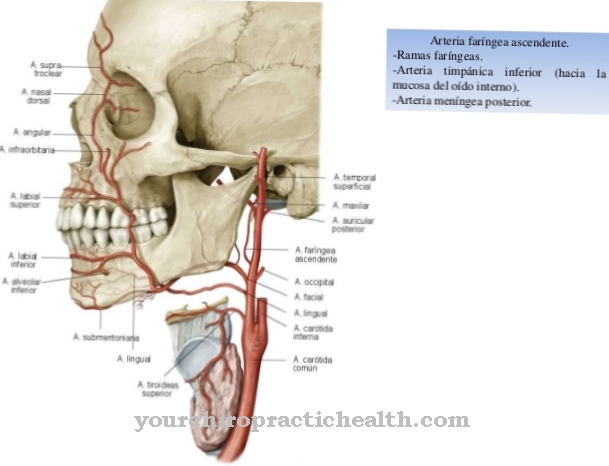
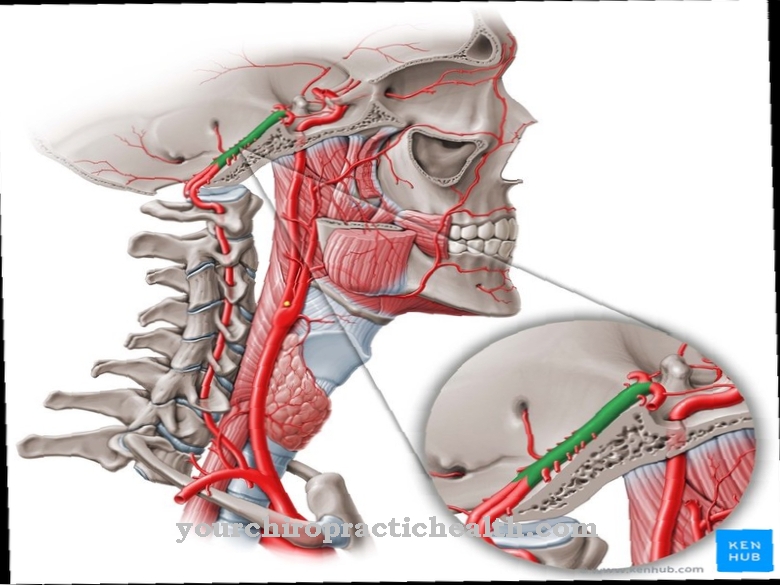
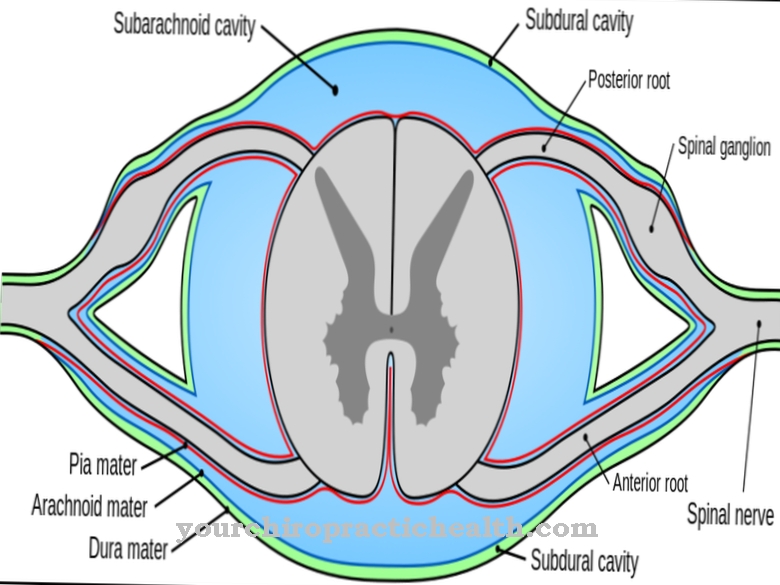
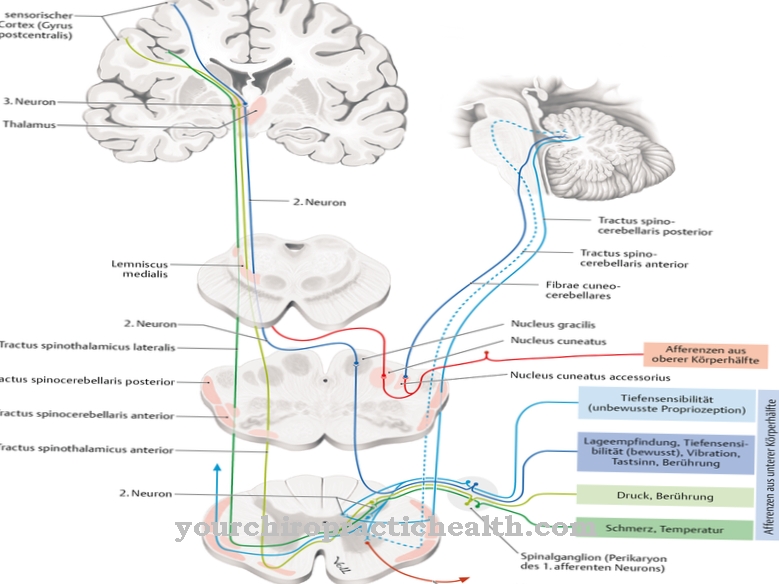
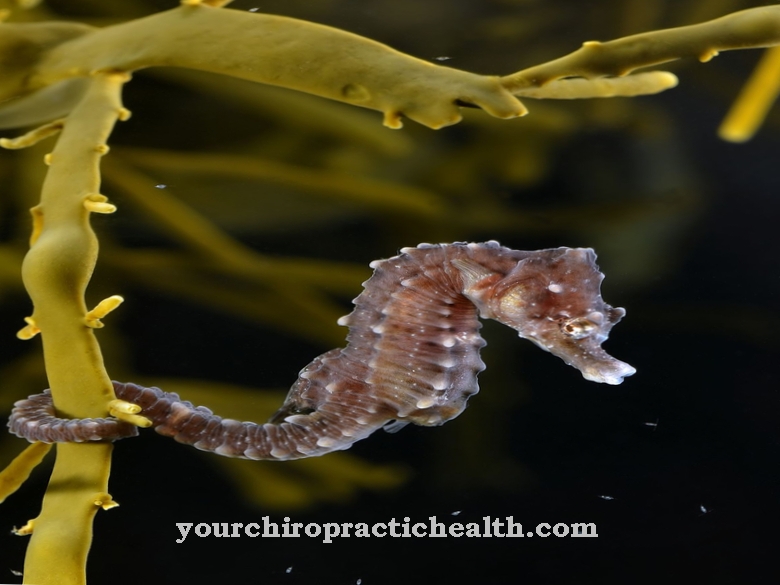
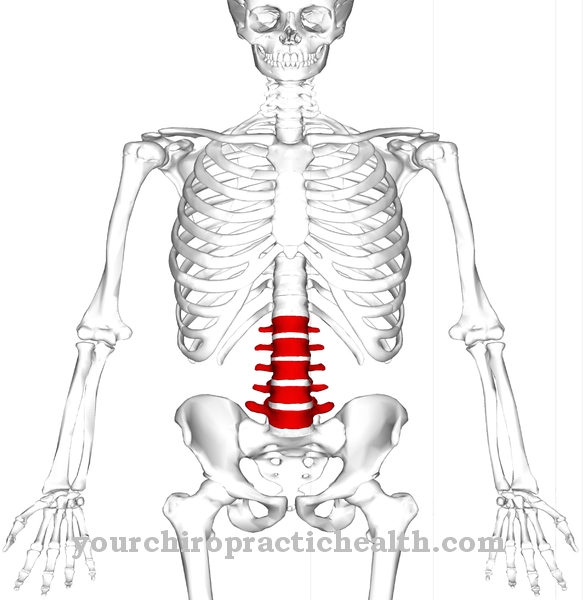


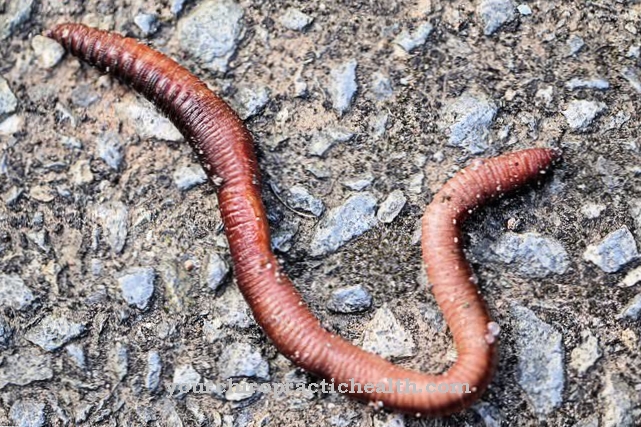
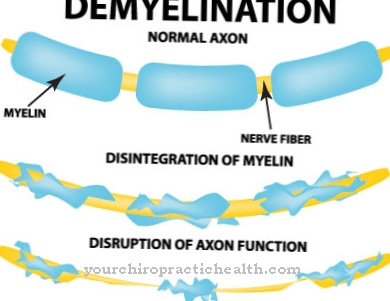
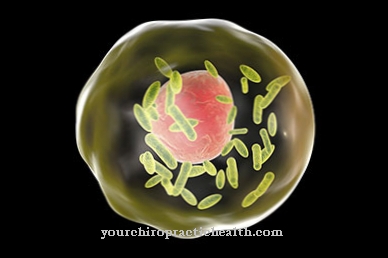
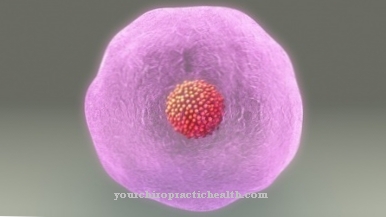


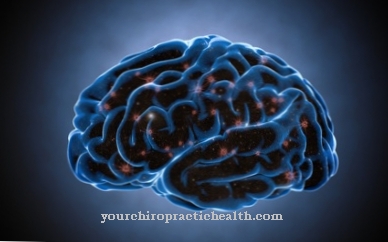
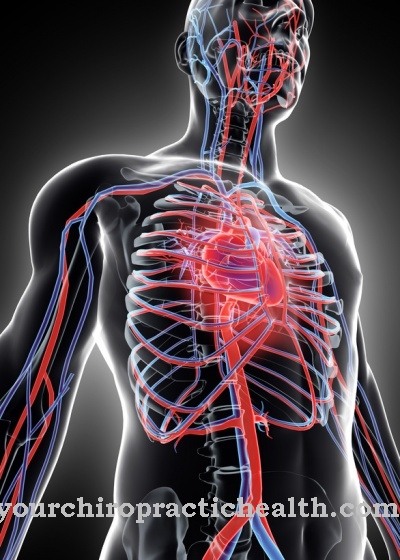
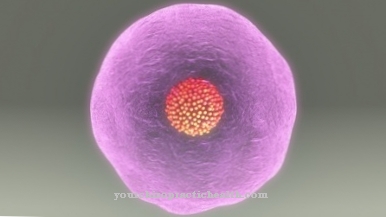

.jpg)
